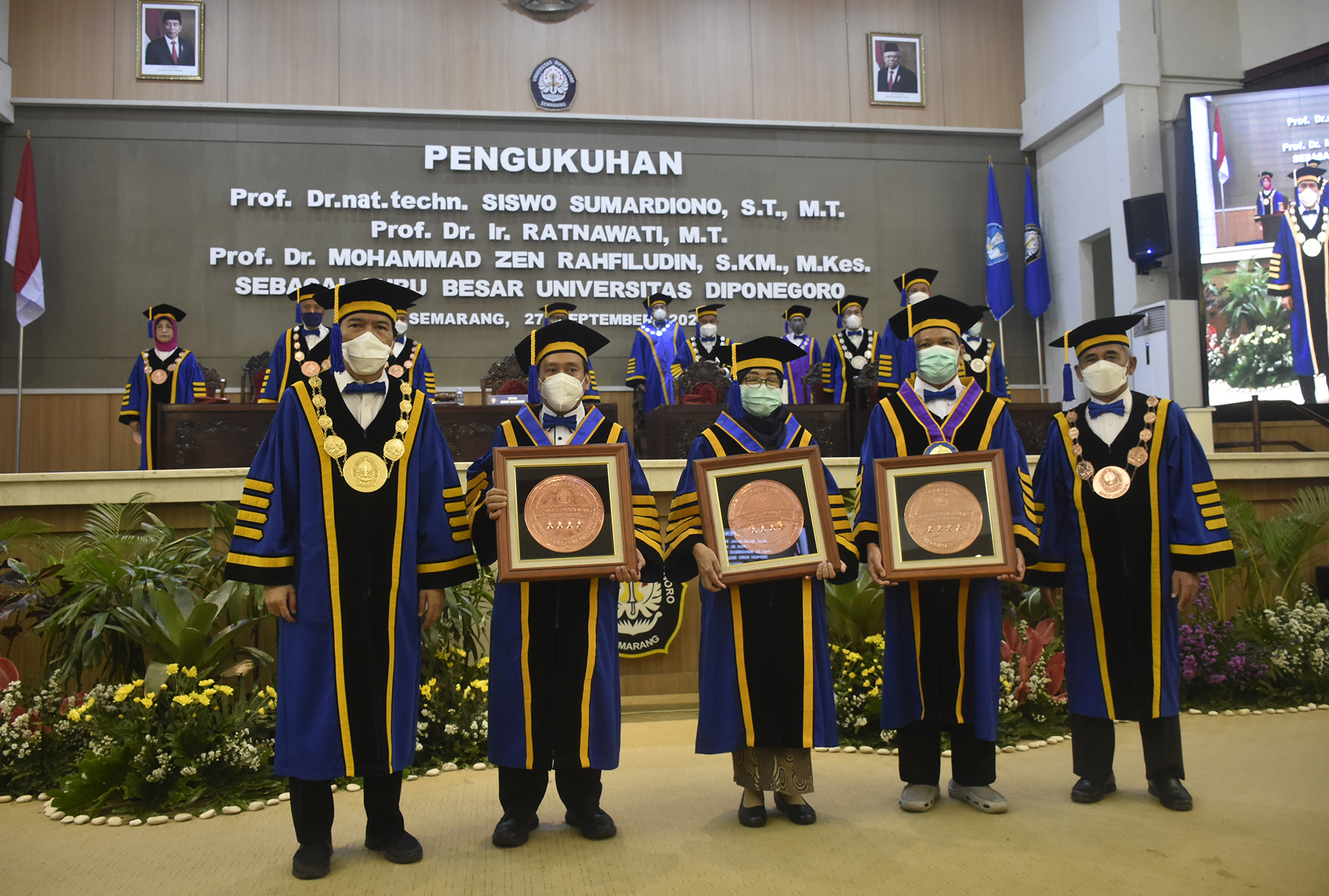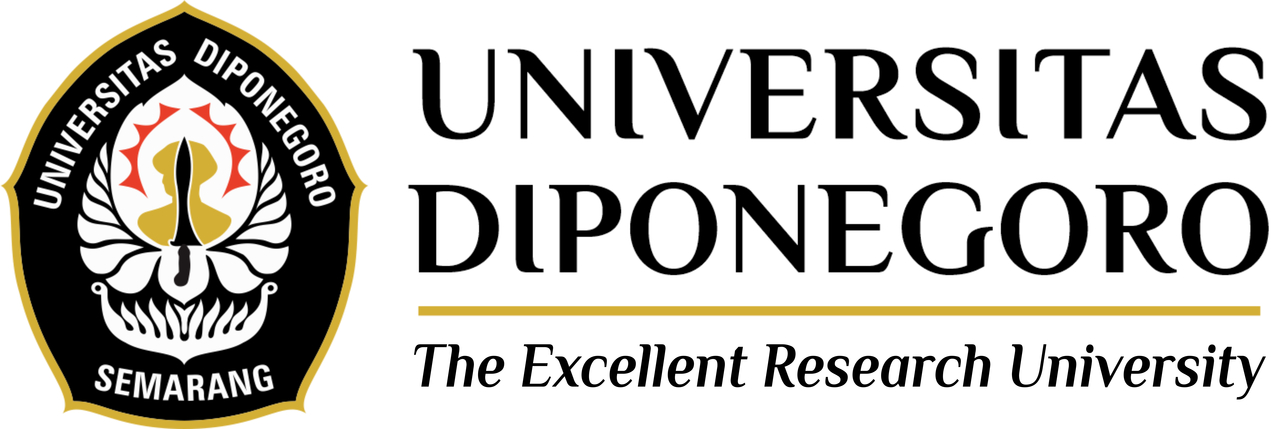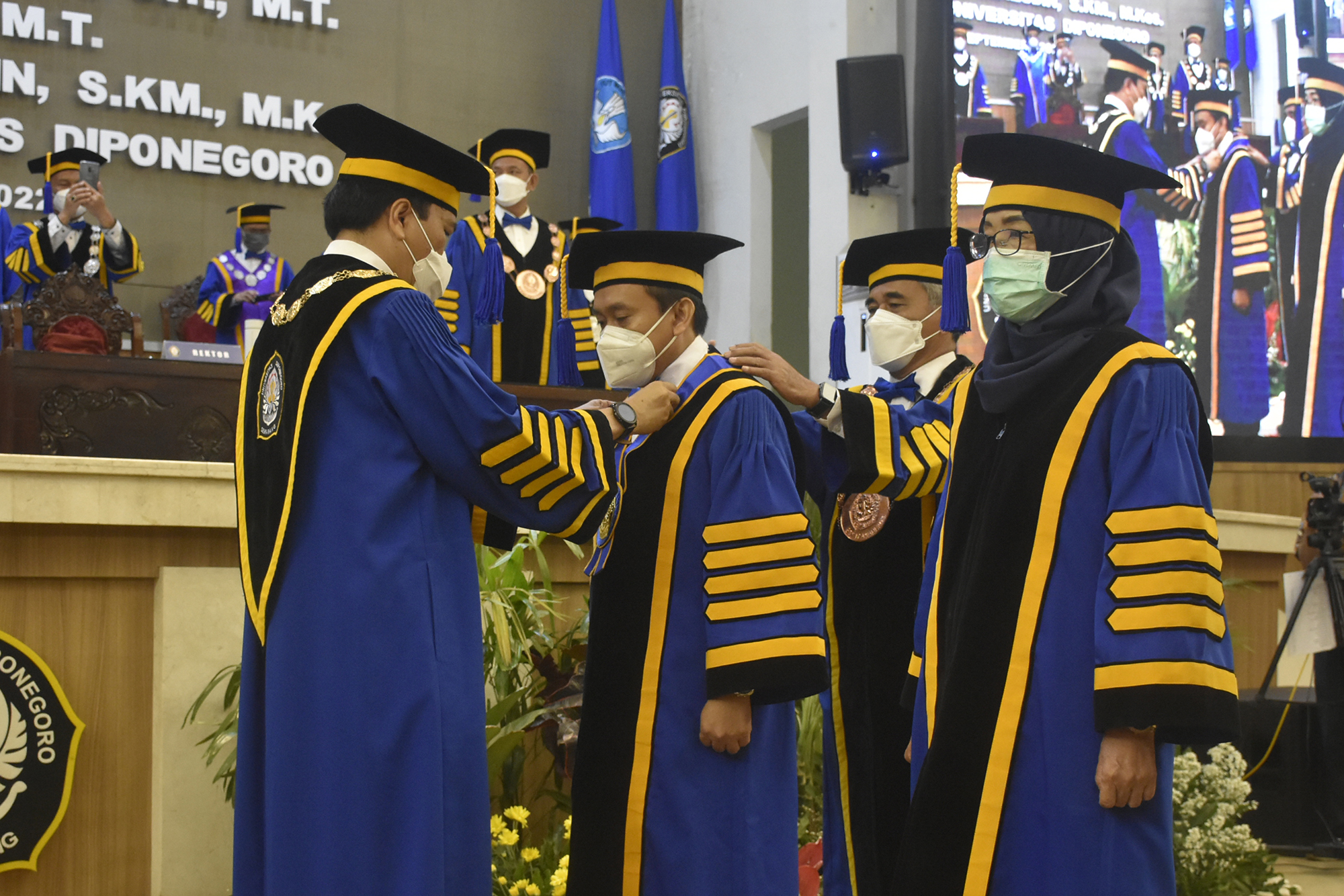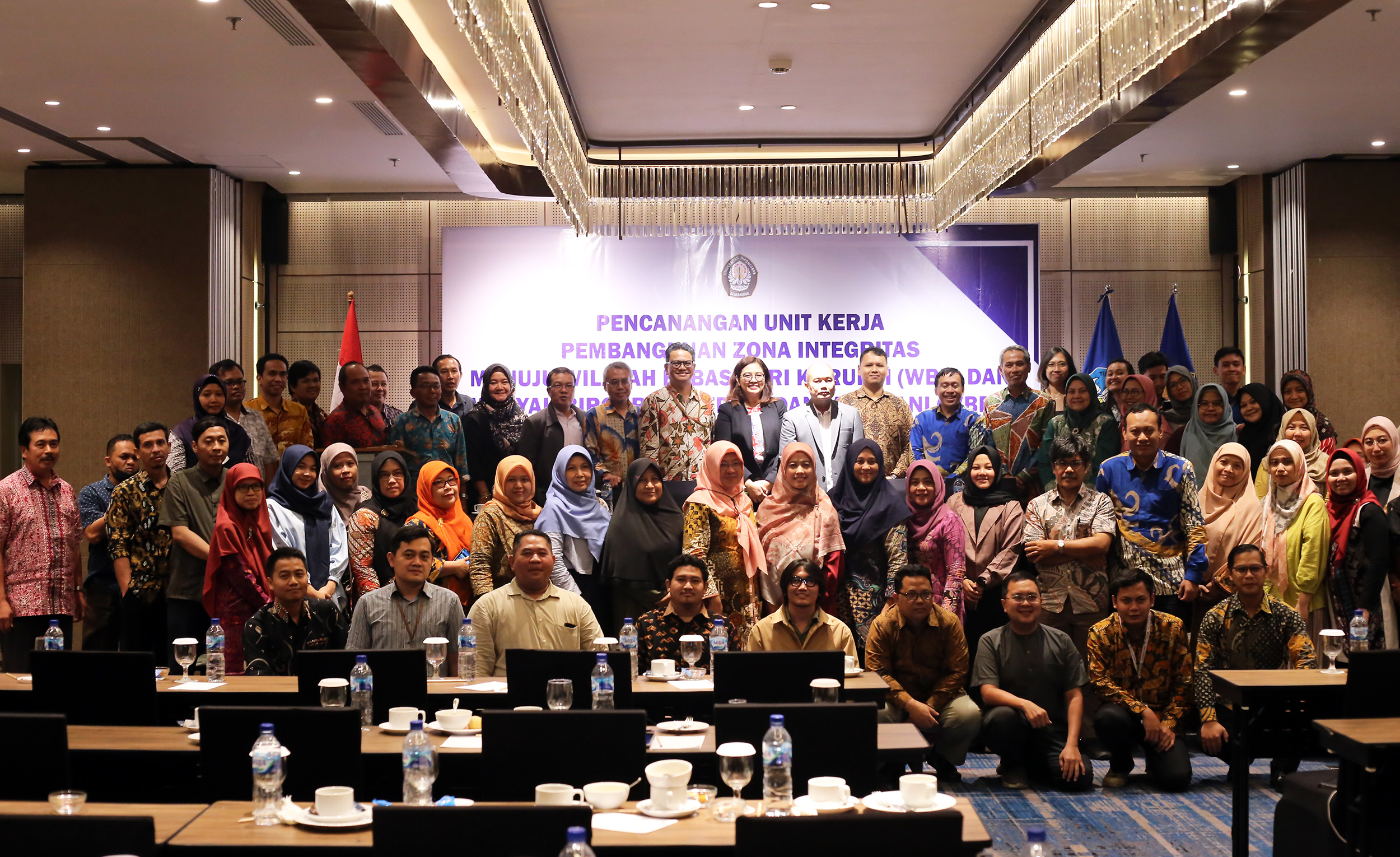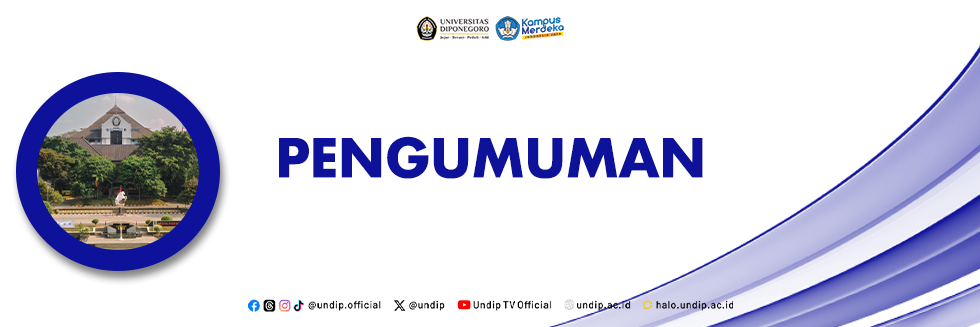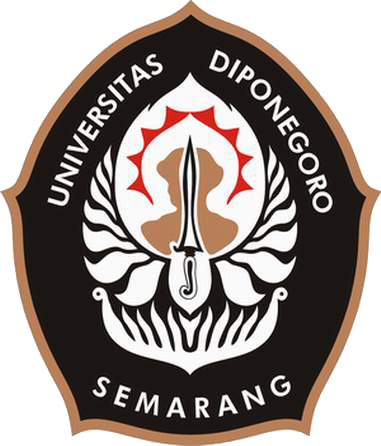Food sovereignty is the right of the state and nation to independently determine food policies that guarantee the right to food for the people and give the community the right to determine a food system that is in accordance with the potential of local resources. Food sovereignty includes food resilience and food safety.
However, according to the Food Security Agency, Ministry of Agriculture Republic Indonesia stated that in 2021 as many as 203 districts/cities (39.49%) experienced a decrease in the Food Security Index (IKP) score compared to 2020. The increasing rate of population growth and the extent of development resulting in the availability of rice fields are limited, this is one of the root causes of the decline in IKP.
On the other hand, in 2019 the demand for wheat flour increased by 5.89% from the previous year. According to a study conducted by BPS in 2015-2019, wheat flour consumption increased by 20.36%.
“The high consumption of wheat flour by the community is driven by the large number of processed foods that use wheat flour as the main ingredient. The increase in wheat consumption has resulted in an increase in imports of wheat from year to year.” said Prof. Dr.nat.tech. Siswo Sumardiono, S.T., M.T., Tuesday (27/09), while delivering a scientific speech at his inauguration as Professor at Prof. Soedarto SH Building, Undip Tembalang campus.
In his scientific speech entitled “Modification of Local Starch for the Provision of National Foodstuffs”, he explained that wheat is a commodity that is highly dependent on supplies from other countries and the problem of the adequacy of conventional rice and the increase in consumption of wheat flour is a challenge for Indonesia’s food security. One solution that can be taken to overcome the challenges of Indonesia’s food security is to look for other alternative food sources.
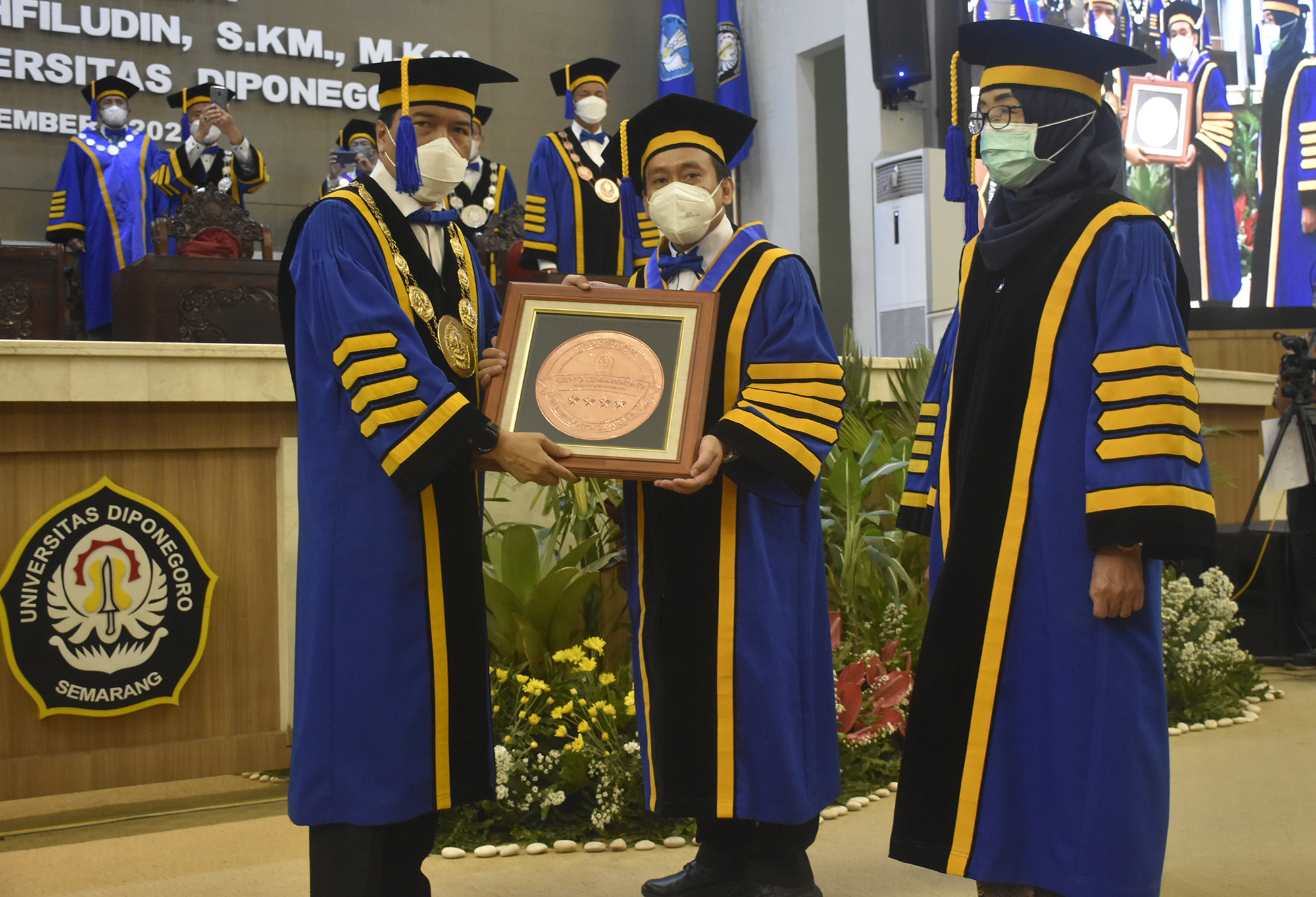
According to this Professor of Chemical Engineering – Food Processing Technology, Faculty of Engineering, Diponegoro University (FT Undip), there are various types of plant sources of carbohydrates besides rice, namely cassava and sago. “Starch from cassava and sago is a source of starch that contains high carbohydrates so that it supports diversification and national food security.” explained Prof. Siswo.
Sago is a staple food source in eastern Indonesia, this plant is one of the endemic plants in Indonesia. Sago has a fairly high calorific value and a fairly complete nutritional content, so it can be developed into a better source of carbohydrates. Besides sago, cassava is another alternative carbohydrate source. Cassava is now widely cultivated in tropical and subtropical Asia, Africa and Latin America as the third most important source of calories in the tropics, after rice and corn. One of processed cassava is tapioca starch (Cassava starch).
Currently, the two starches (sago and cassava) have actually been widely applied to various types of food products, especially traditional foods. However, in larger applications in the food industry, native starch generally has limitations for several applications, this is due to the limitations of native starch properties such as low thermal resistance, low shear resistance, low solubility, high viscosity, low swelling power and retrogradation tendency leads to staling and syneresis, which can affect the quality of food products.
“An effort is needed to process natural starch so that it can have the desired properties and become more useful. Efforts to obtain changes in the molecular structure of starch are attempted with modification efforts.” said the Deputy Dean of Academic and Student Affairs FT Undip.
Prof. Siswo explained that starch modification can improve its quality in terms of taste, appearance, texture, composition, and economic value by changing its properties through physical and chemical treatments. In particular, the modifications made are aimed at making sago starch and tapioca starch expandable so that they can be used to substitute for making bread from wheat and other products.
“There are several modification methods, namely oxidation, acid hydrolysis, and cross-linking agents. Based on the results of the study, it was found that improving the quality of tapioca using the acid hydrolysis method was more effective in increasing the solubility. The results of baking expansion in the manufacture of bread from modified sago starch are greater than the original sago starch and modified cassava flour (mocaf), although it is still larger than wheat flour.” he said.
With extrusion technology, modified sago starch and cassava are also applied in analog rice production. Analog rice is an artificial rice product with other food sources that is processed in such a way that it has characteristics such as rice, both grain physical properties, cooking and texture to reduce dependence on rice consumption. Even some analog rice produced has a higher nutritional value through fortification (addition of nutrients) in the form of iron, zinc and calcium.
“Efforts to further study on starch modification have a great opportunity to continue to be developed in the future, this is related to the need for modified starch with certain specifications in the food industry.” concluded Prof. Siswo.
